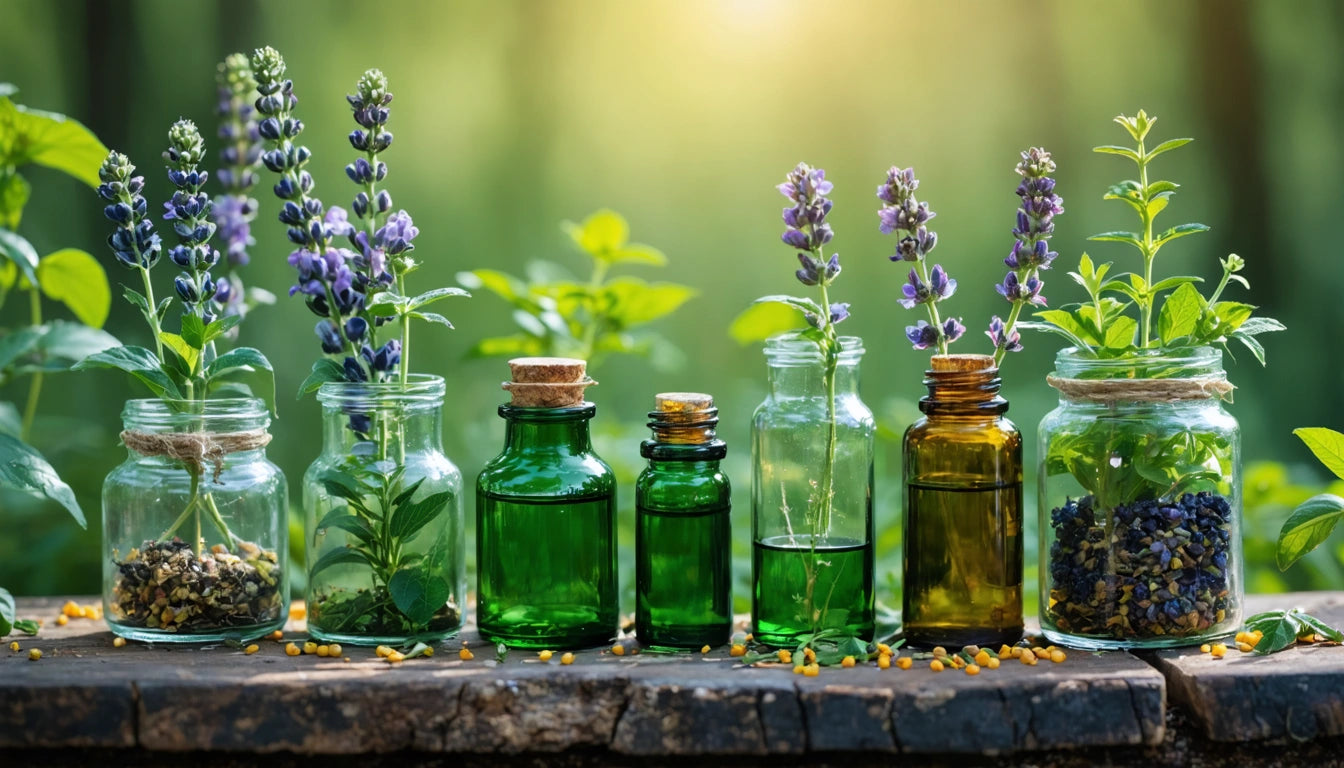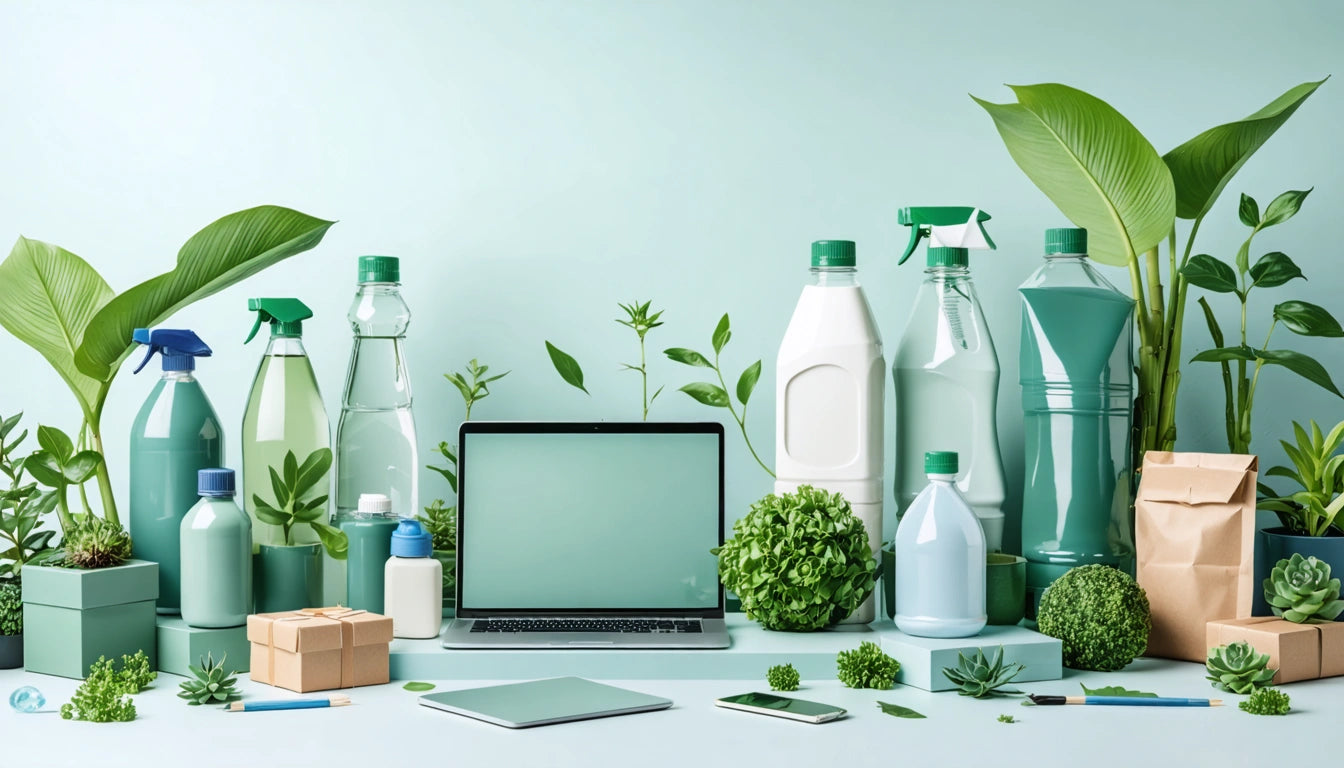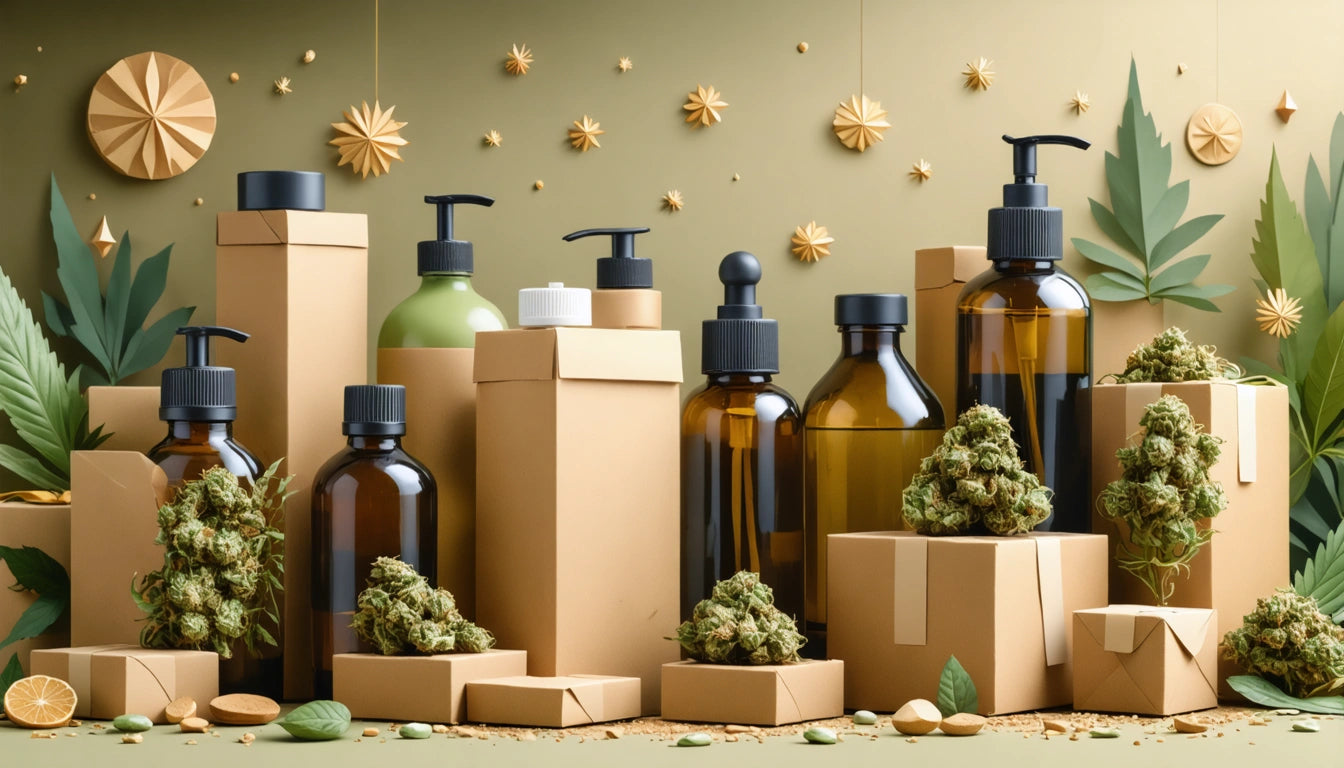Table of Contents
- Understanding Tinctures: Basics and Benefits
- Materials Needed for Making Herb Tinctures
- How to Make Alcohol-Based Tinctures from Dried Herbs
- Creating Glycerin Tinctures with Dried or Powdered Herbs
- Water-Based Extractions: An Alternative Approach
- Storing and Preserving Your Homemade Tinctures
- Tincture Usage Guidelines and Dosing Considerations
- Advanced Techniques for Enhancing Tincture Potency
How to Make Tinctures from Dried or Powdered Herbs
Tinctures represent one of the oldest and most effective methods for extracting and preserving the beneficial compounds from herbs. Whether you're working with dried cannabis flower or other medicinal herbs, creating tinctures at home allows for customized potency and formulations tailored to specific needs. This comprehensive guide walks through the process of making tinctures from both dried and powdered herbs using various extraction methods.
Understanding Tinctures: Basics and Benefits
Tinctures are concentrated herbal extracts made by soaking plant material in a solvent, typically alcohol, glycerin, or vinegar. The solvent draws out the plant's active compounds, creating a potent liquid that can be easily consumed and absorbed. As explained in our guide to cannabis tinctures, these preparations offer precise dosing and rapid absorption when administered sublingually.
The primary advantage of making tinctures from dried herbs rather than fresh is convenience and accessibility. Dried herbs are available year-round and have a longer shelf life. Powdered herbs offer even greater surface area for extraction, potentially resulting in stronger tinctures with shorter maceration times.
Materials Needed for Making Herb Tinctures
- Dried or powdered herbs of choice
- Extraction liquid (high-proof alcohol, food-grade glycerin, or distilled water)
- Glass mason jars with tight-fitting lids
- Cheesecloth or fine mesh strainer
- Funnel
- Amber glass dropper bottles for storage
- Labels and marker
- Optional: coffee grinder (for whole dried herbs)
For storing finished tinctures, especially those containing cannabis, we recommend using safety-compliant containers with secure closures to prevent accidental ingestion, particularly in households with children.
How to Make Alcohol-Based Tinctures from Dried Herbs
Alcohol makes an excellent solvent for herb extraction because it pulls both water-soluble and fat-soluble compounds from plant material. For medicinal tinctures, high-proof grain alcohol (at least 80 proof, ideally 190 proof/95% alcohol) works best.
Step-by-Step Process:
- If using whole dried herbs, grind them to increase surface area. For cannabis, a coarse grind is sufficient.
- Place the ground herbs in a clean glass jar, filling it about 1/3 to 1/2 full.
- Pour alcohol over the herbs until completely covered, with about 1-2 inches of liquid above the plant material.
- Seal the jar tightly and shake vigorously.
- Store the jar in a cool, dark place for 4-6 weeks, shaking daily.
- After the extraction period, strain the mixture through cheesecloth into a clean container.
- Transfer the tincture to amber dropper bottles for storage and use.
For a more detailed breakdown of this process specifically for cannabis, refer to our complete guide to making cannabis tinctures.
Highlight: When making tinctures from dried herbs, the alcohol-to-herb ratio matters more than the absolute quantities. A good starting point is 1:5 for dried herbs (1 part herb to 5 parts alcohol by weight) or 1:2 for powdered herbs.
Creating Glycerin Tinctures with Dried or Powdered Herbs
Vegetable glycerin provides an alcohol-free alternative for those who prefer to avoid alcohol or cannot consume it. While glycerin doesn't extract compounds as efficiently as alcohol, it creates a sweeter, more palatable tincture.
Glycerin Extraction Method:
- Prepare dried herbs as with the alcohol method, grinding if necessary.
- Heat food-grade glycerin to about 140 °F (60 °C), but do not boil.
- Combine the warm glycerin with herbs in a glass jar at a ratio of 1:4 (herb to glycerin).
- Seal and place the jar in a warm location or use a slow cooker water bath method as detailed in our glycerin tincture guide.
- Allow the mixture to extract for 3-4 days if using heat, or 3-4 weeks if using the passive method.
- Strain and bottle as with alcohol tinctures.
Water-Based Extractions: An Alternative Approach
Though technically not tinctures (which by definition use alcohol), water-based extractions can be made using similar methods. These are more accurately called infusions but can serve similar purposes for those who cannot use alcohol or glycerin.
For water extractions, use distilled water and add 25% food-grade vegetable glycerin as a preservative. Without preservation, water-based extractions have a very short shelf life (3-5 days refrigerated) compared to alcohol tinctures, which can last years.
Storing and Preserving Your Homemade Tinctures
Proper storage significantly impacts tincture potency and shelf life. As outlined in our guide to tincture shelf life, follow these guidelines:
- Store in amber or blue glass bottles to protect from light degradation
- Keep in a cool, dark place away from heat sources
- Ensure bottles have tight-fitting droppers or caps
- Label with contents and date of preparation
- Alcohol tinctures typically last 3-5 years; glycerin tinctures 1-2 years
Tincture Usage Guidelines and Dosing Considerations
When using homemade tinctures, start with a conservative approach. Begin with a few drops and gradually increase dosage as needed. For detailed information on proper administration methods, consult our guide to tincture dosage and methods.
The standard method for tincture consumption is sublingual (under the tongue) administration, which allows for rapid absorption into the bloodstream. Hold the tincture under your tongue for 30-60 seconds before swallowing for optimal effects.
Advanced Techniques for Enhancing Tincture Potency
For those looking to create more potent extractions from dried herbs, several advanced techniques can improve results:
Double Extraction Method:
This involves creating a first tincture, straining it, and then using that tincture to extract a fresh batch of herbs. This concentrates the active compounds significantly.
Heat-Assisted Extraction:
For certain compounds, particularly in cannabis, a process called decarboxylation can activate compounds before extraction. As explained in our comprehensive infusion guide, heating dried cannabis at 240 °F (115 °C) for 30-40 minutes before tincture making can significantly increase potency.
Ultrasonic Extraction:
Using an ultrasonic cleaner can dramatically speed up extraction times while improving efficiency. This method uses sound waves to break down cell walls and release compounds into the solvent in hours rather than weeks.
Whether you're making tinctures for wellness, medicinal purposes, or recreational use, mastering these techniques allows you to create custom preparations tailored to your specific needs. With proper attention to detail and quality ingredients, homemade tinctures from dried or powdered herbs can be just as effective as commercial products at a fraction of the cost.











Leave a comment
All comments are moderated before being published.
This site is protected by hCaptcha and the hCaptcha Privacy Policy and Terms of Service apply.